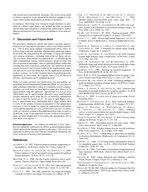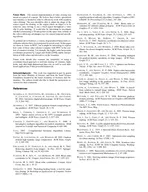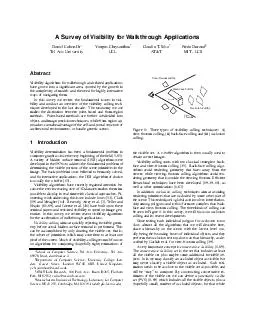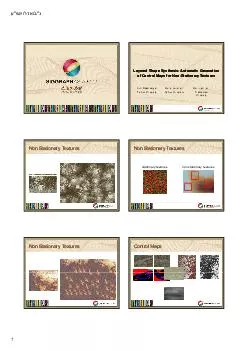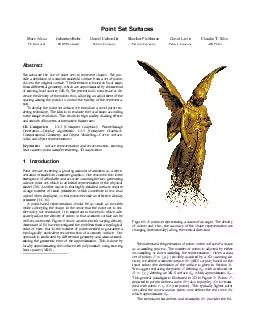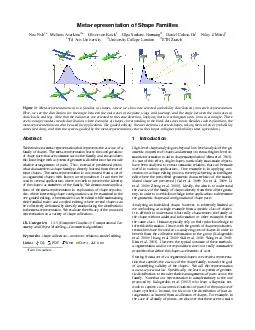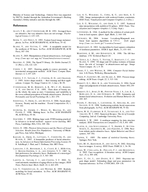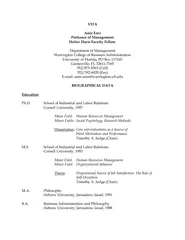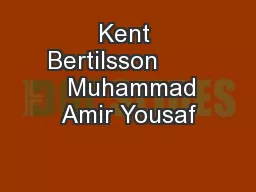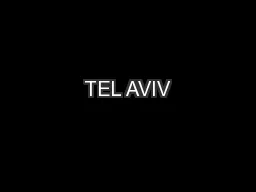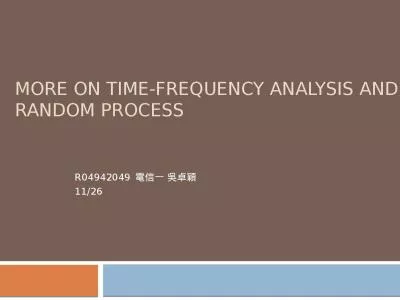PDF-Layered Shape Synthesis Automatic Generation of Control Maps for NonStationary Textures
Author : pamella-moone | Published Date : 2014-12-20
From left to right input texture exemplar control map extracted from the exemplar a larger control map synthesized by our approach and the resulting new texture
Presentation Embed Code
Download Presentation
Download Presentation The PPT/PDF document "Layered Shape Synthesis Automatic Genera..." is the property of its rightful owner. Permission is granted to download and print the materials on this website for personal, non-commercial use only, and to display it on your personal computer provided you do not modify the materials and that you retain all copyright notices contained in the materials. By downloading content from our website, you accept the terms of this agreement.
Layered Shape Synthesis Automatic Generation of Control Maps for NonStationary Textures: Transcript
Download Rules Of Document
"Layered Shape Synthesis Automatic Generation of Control Maps for NonStationary Textures"The content belongs to its owner. You may download and print it for personal use, without modification, and keep all copyright notices. By downloading, you agree to these terms.
Related Documents


